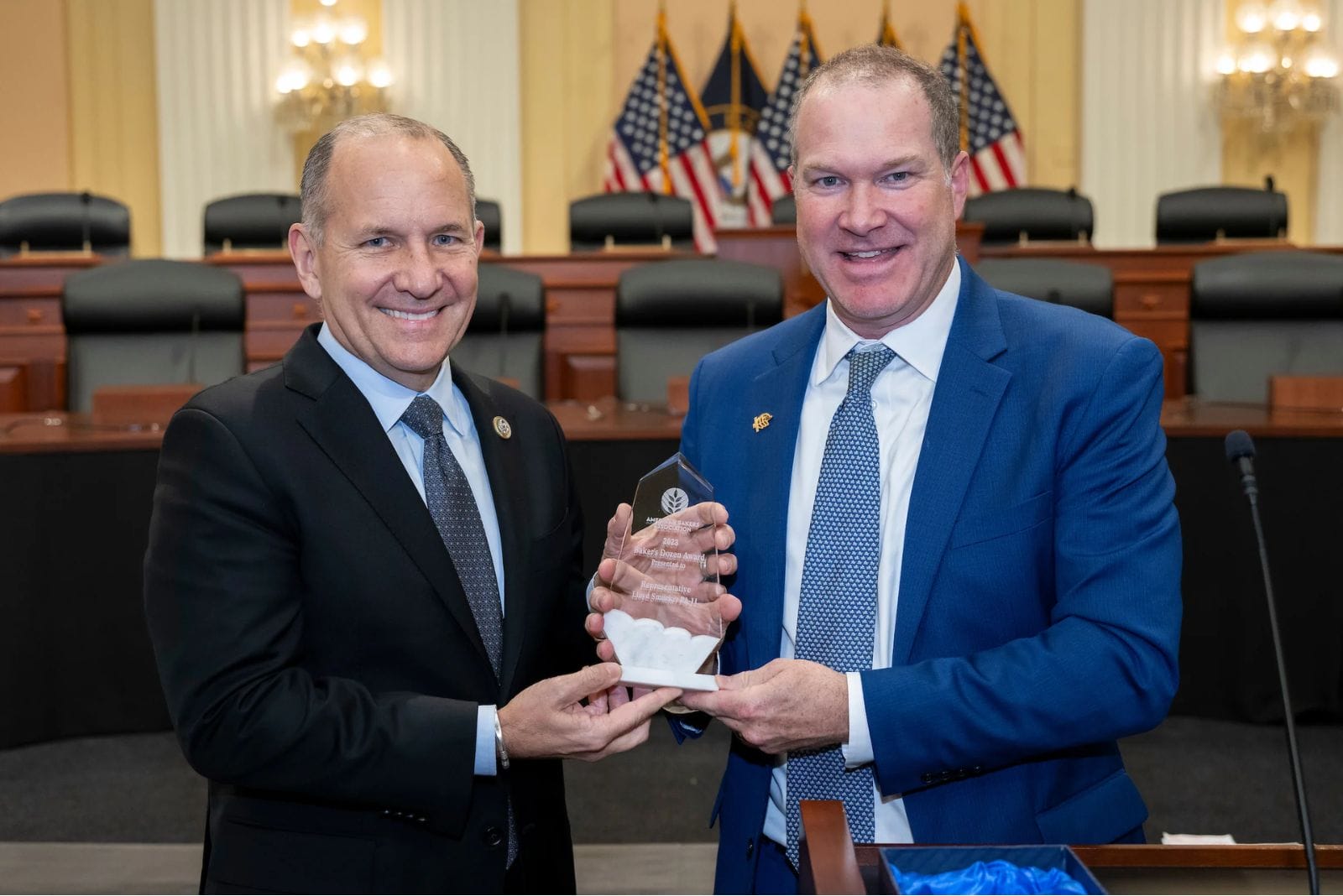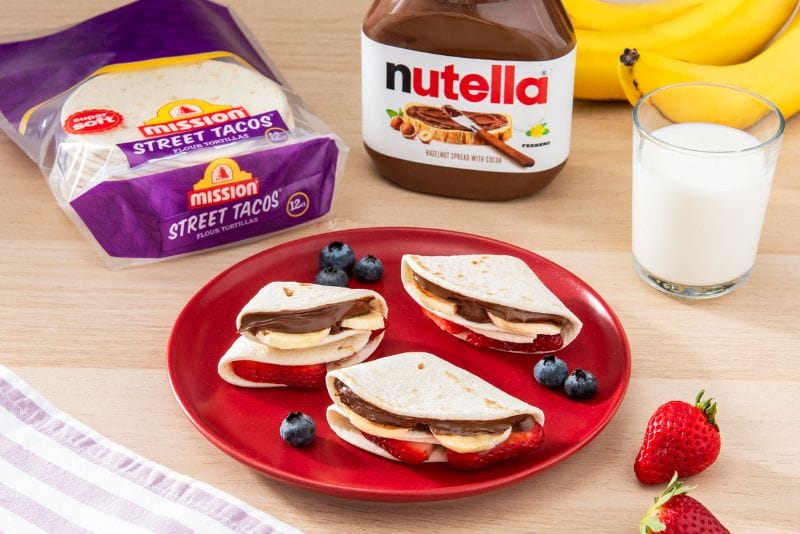LOS ANGELES — Advertising in 2021 looks pretty different from the kinds of storyboards Don Draper would have pitched in a Manhattan boardroom in the ’60s. It also looks different from the early ’90s when the first banner ads appeared via dial-up internet services like AOL.
And it even looks different since the dawn of social media advertising in 2008 with Facebook ads.
The face of digital marketing has evolved drastically, namely in that people are no longer passive onlookers. Today, they are active participants. And it’s based on a shift by companies to engage with consumers and market through user-generated content (UGC).
UGC is any digital material — including videos, social media, blog posts, comments and reviews of a brand, etc. — that is produced and shared online by customers or potential customers. It spans the social media sphere from Instagram, Twitter and Tik Tok, to newer platforms like Clubhouse. It’s a massive space to play in with virtually unlimited reach potential. In fact, a July 2021 report from Grand View Research suggested the market size of the global UGC platform will reach $18.65 billion by 2028 and expand at CAGR of 26.6% from 2021 to 2028.
Consumers turn to social media to share their opinions and seek the opinions of others. They are increasingly distrusting of traditional marketing tactics that advertisers have used in the past; they want to hear from “people like them,” not just from the brand itself. A recent Nielsen study into global trust in advertising found that an overwhelming 92% of those surveyed trusted UGC more than traditional advertising. And in a report from Influencer Marketing Hub, 91% of millennials said they trust online reviews as much as recommendations from friends and family.
Now more than ever, consumers are demanding authenticity, relatability and trust from brands, and they’re basing their purchasing decisions on those that deliver. Who is more authentic, relatable and trustworthy than the people in their social communities? The bigger the community that companies can build around their brands, the more they can increase their credibility. And they’ll be more effective in communicating with customers and consumers.
“Brands need to understand that there has been a significant shift in how information is consumed and shared,” said Laurie Buckle, CEO and founder of Cookit Media, a Los Angeles-based agency that specializes in brand strategy, influencer marketing and content creation. The agency has worked with grain-based food and bakery brands such as Bob’s Red Mill, Little Northern Bakehouse, Angelic Bakehouse and Dave’s Killer Bread.
“We need to be nimble, adapt to change and get ahead of the curve,” she said. “This is the new advertising.”
A recent Nielsen study into global trust in advertising found that an overwhelming 92% of those surveyed trusted UGC more than traditional advertising.
This growing marketing strategy comes with a solid roster of benefits. First, UGC campaigns are a certain way to boost a brand’s social media reach. That’s especially true because UGC allows brands to react in real time to national and global events as well as emerging trends.
Take a recent campaign from Oreo, for example. At the height of the pandemic, the Mondelez brand launched #AtHomeWithOreo, which encouraged families to play and find cheerful moments by making Oreo creations and sharing them on social platforms including Instagram, Facebook and YouTube. It also creatively tapped into the momentum of the in-home snacking trend and leveraged consumer interest in creative culinary adventures during lockdown. The effort resulted in more than 249 million impressions and 29 million video views, and the follow-up campaign #MakeWayForPlay intensified the initiative.
In addition to expanding social reach, there are some major search engine optimization (SEO) benefits. According to Kissmetrics, 25% of search results for the world’s 20 largest brands are links to user-generated content. And there are also considerable consumer insights to be gained through UGC, and that data is an invaluable resource for improvement and innovation.
There are, of course, a few downsides to marketing through UGC. Since brands have less control over what’s floated out for social consumption, negative content is inevitable and, therefore, requires close supervision. Some consumers are also skeptical and reluctant to trust content that comes from an unauthoritative source, so building credibility at the outset is of the utmost importance. It’s a model based on truthfulness and reality. If consumers get the slightest whiff of inauthenticity or an altering of that reality, they will call it out.
Companies must choose the marketing approach that works best for them. But while brands have a story they want to tell, consumers likely already have one in mind based on their relationship with the products they use. So for UGC to be done well, it’s critical for companies to keep their minds — and inboxes — open.












